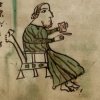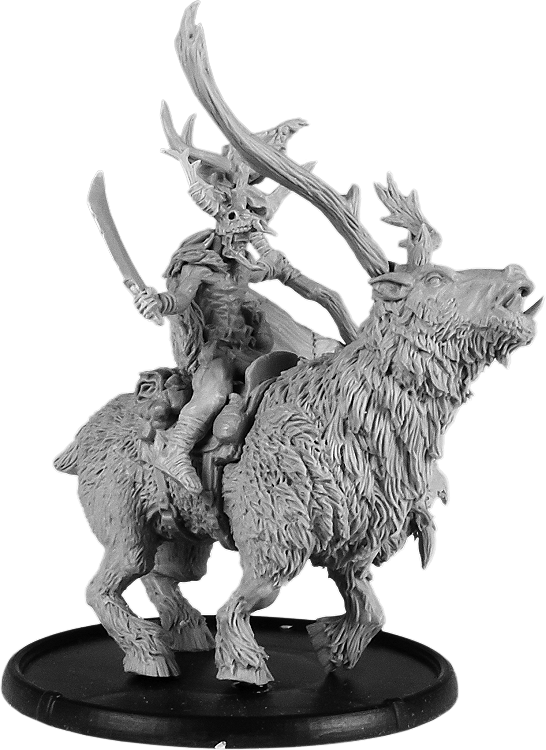This was in Texas
Yeah, I was in Virginia (both NOVA and Richmond) and WA state. Texas is a long way from both.
Follow along with the video below to see how to install our site as a web app on your home screen.

Note: This feature currently requires accessing the site using the built-in Safari browser.
This was in Texas
My incident happened in New Jersey.
Oldbridge. I had family there for a while.Where in Jersey? I lived in Dover for 2 years.
I think looking back over the sections I mentioned it's simply that the Old Irish Brehon laws detail their society more like Walton mentions. They take a more documentary approach (I mean they even detail hobbies like bee keeping and also pet owning habits), where as the Welsh material assumes insider knowledge.Jo Walton said:There was certainly more, and more accessible, Irish than Welsh stuff when we were writing it. I'd say we used primary sources of both about equally, with tiny bits of Scottish, and of course Caesar etc. But the Brehon laws give us so much more than Hywel Dda.
And you have to remember we wrote it in the early nineties, and there's been a lot of scholarship since then, some of it excellent.





The Norman military machine was composed of specialized, full-time mounted men . . . The Welsh military machine was, accordingly, a loosely organized, part-time infantry force primarily designed to pursue feuds, and to engage in cattle raiding and looting expeditions . . . the Welsh army was not the sort of organized field force which could be crushed in regular campaigns
From the Book of Leinster Vol. 5, p. 1202:Lesbianism is mentioned in legal documents
Don’t know if it’s the right dialect but Duolingo has Scottish Gaelic.The family (on my father's side) was originally from the Knoydart area, near Inverie; it was my great grandparents that settled in Nova Scotia at the beginning of the last century, and my grandmother who would still speak Gaelic quite regularly wen I was growing up, usually either a song or proverbs - sghe acted like speaking the tongue, as she called it, was imparting wisdom. I wish I'd, as a child, had the forebearance or awareness to pay more attention or copy more of it down before she passed, but my interest in culture and history didn't manifest until my adolescence.
All I really have left is some common idioms and phrases (and a few colourful curses).
It has Welsh too, as my lad is using for his Welsh homework during the lockdown.Don’t know if it’s the right dialect but Duolingo has Scottish Gaelic.
I’m using it to supplement my learning efforts.It has Welsh too, as my lad is using for his Welsh homework during the lockdown.
Colloquial Welsh by Gareth King is often recommended. Although many I've spoken to say the older Teach Yourself Welsh edition by T.J. Rhys Jones is the best self-learning book. No doubt you've heard of them.
Ciaran Carson's is the best I think for the Táin.Do you have a recommendation as far as the best English translation of The Táin?
Or the Book of Invasions?
For the Book of Invasions R.A. Stewart Macalister's translation is the best. In five parts from the Irish Text Society, but it is quite expensive.
There'll be a quite a bit. It's probably the single most complex subject in the whole mythos.Interested to see your reading recommendations when you get the chapter on Sidhe, as they are the main source of my interest in Irish myth
There'll be a quite a bit. It's probably the single most complex subject in the whole mythos.
Welsh noble minis:
View attachment 17419

Ok, you don't get to post a cool mini like that without giving some info about it, so it can be purchased.
In many ways they are interwoven with many parallel features as you know. Some documents on Elizabethan folklore bring many aspects of English faeries and elves to light that one doesn't often see mentioned. I'll be talking about them as well.Indeed, it's a rabbithole I've been falling down for the last 30 years, simultaneously with the Anglo-Saxon elves.
Ok, you don't get to post a cool mini like that without giving some info about it, so it can be purchased.
 Here you go:
Here you go:OK, I'm asking officially now!I won't say the aesthetic qualities women were expected to have unless somebody asks, they're a bit crude!
 .
.Might be just my mood, but I really hope you answered "only towns"When I was lkiving in the US I met Americans who earnestly asked me if Canada had cities. The awareness of the outside world in that country is astoundingly low.
 .
.I've been playing them like this ages ago...along with a few more drawbacks, like being universally disliked!That gives me an idea, that fantasy elves... being stereotypically arrogant and self-satisfied, should be generally ignorant of anything having to do with areas outside of elfland. It's not about elves, so they really don't care... and are prone to ignorant questions and assumptions.
 !
!Similar to men to some degree (see post coming soon) with pale skin (especially emphasised for the breasts) and very blonde or brown-black hair. The eyebrows had to be quite dark in contrast to the skin.OK, I'm asking officially now!
For comparison purposes, if you're wondering. A lot of the details sound quite familiar.
Makes total senseSimilar to men to some degree (see post coming soon) with pale skin (especially emphasised for the breasts) and very blonde or brown-black hair. The eyebrows had to be quite dark in contrast to the skin.
However the other thing mentioned is powerful vaginal muscles.
 !
!Similar to men to some degree (see post coming soon) with pale skin (especially emphasised for the breasts) and very blonde or brown-black hair. The eyebrows had to be quite dark in contrast to the skin.
However the other thing mentioned is powerful vaginal muscles.
Aclaíocht fhaighneWhat's gaelic for keggles?

For Celtic stuff, but will Claymore have a Giff Explorer like Mierce does?
View attachment 17585



Here's the one from the GURPS book:Is there a pronunciation guide? Love the look and sound of Welsh but have no idea how to pronunce any of it. My main exposure to the Welsh language has been through the psychedelic pop of The Super Furry Animals.
It’s phonetic so once you know the sounds it’s hard to get the words wrong. Séadna posted a guide with the second link that is excellent.Is there a pronunciation guide? Love the look and sound of Welsh but have no idea how to pronunce any of it. My main exposure to the Welsh language has been through the psychedelic pop of The Super Furry Animals.